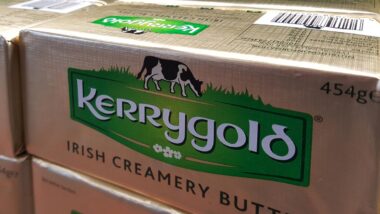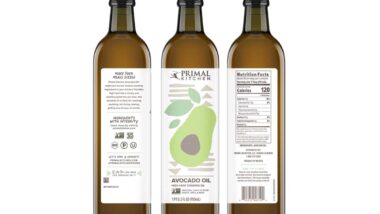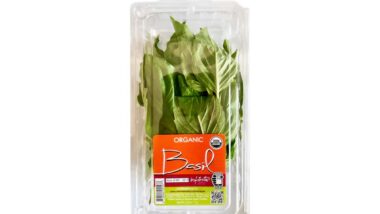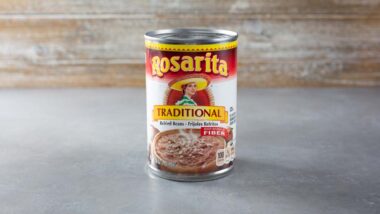Top Class Actions’s website and social media posts use affiliate links. If you make a purchase using such links, we may receive a commission, but it will not result in any additional charges to you. Please review our Affiliate Link Disclosure for more information.

Update:
- A federal judge in Illinois dismissed a class action lawsuit accusing Whole Foods of underfilling the boxes of its Everyday 365 brand rice pilaf product.
- The judge determined that Whole Foods accurately labeled the serving sizes for its Everyday 365 rice pilaf product once it had been cooked.
- The judge further ruled that a reasonable consumer would know not to rely on the size of a box for a product like rice pilaf, which expands in volume after it is cooked in water.
- The consumer behind the class action lawsuit had argued Whole Foods was guilty of leaving more than 50% of its Everyday 365 brand rice pilaf boxes empty for no good reason.
Whole Foods rice pilaf class action lawsuit overview:
- Who: A rice consumer is suing Whole Foods over its Long Grain & Wild Rice – Rice Pilaf made under its 365 brand .
- Why: The plaintiff says the boxes that hold the rice are too big, and customers are deceived into thinking they are getting more than they are.
- Where: The class action was filed in an Illinois federal court.
(Jan. 04, 2022)
Whole Foods shoppers are being tricked by deceptively large boxes that hold substantially less rice than you would expect from their size, a new class action lawsuit alleges.
Plaintiff Leroy Jacobs filed the class action complaint against Whole Foods Market Group, Inc. Jan. 1 in an Illinois federal court, alleging violations of state consumer fraud laws and federal warranty laws.
Whole Foods makes boxes of Long Grain & Wild Rice – Rice Pilaf under its 365 brand. Judging from the size of the box, reasonable consumers expect it to be substantially filled with rice and contain the packet of seasoning, Jacobs says.
“However, over 50 percent of the box is empty space because the rice and seasoning packages correspond to 3.25 inches on the tape measure,” he alleges.
According to the lawsuit, consumers are misled into believing that they are purchasing substantially more rice than they receive.
Consumers Expect Amount Of Product Bears Reasonable Relationship To Size Of Package, Plaintiff Says
Jacobs cites studies on consumer behavior in his complaint that finds that, faced with a large and a smaller box, consumers choose the larger box, thinking it is better value.
“Studies show approximately 80 percent of consumers do not look at label information, especially the net weight and servings,” he says. “Though a reasonable consumer does not expect a package to burst at the seams, they expect the amount of product bears a reasonable relationship to the size of the package.”
The lawsuit says there is no legitimate reason for the packaging to be as large as it is, and that not only is it deceptive, it is also wasteful.
As a result of using a bigger box, the product is sold for a price premium compared to other similar products, Jacobs says.
He’s looking to represent anyone in Illinois who bought the rice pilaf, plus a Class of consumers from Pennsylvania, Michigan, Iowa, Rhode Island, Minnesota, Ohio, Georgia, North Dakota, Texas, New Mexico, North Carolina, Virginia, New Hampshire, South Dakota and Oklahoma.
The plaintiff is seeking certification of the class action, an injunction, damages, fees, costs and a jury trial.
Last month, Whole Foods escaped a false advertising class action lawsuit alleging it misled consumers about the sugar content in its 365 Everyday Value brand Oats & Flax oatmeal products.
Do you judge the contents of a package by the size of the box? Let us know in the comments!
The plaintiff is represented by Spencer Sheehan of Sheehan & Associates, P.C.
The Whole Foods Rice Pilaf Class Action Lawsuit is Leroy Jacobs v. Whole Foods Market Group, Inc., et al., Case No. 1:22-cv-00002, in the U.S. District Court Northern District of Illinois Eastern Division.
Don’t Miss Out!
Check out our list of Class Action Lawsuits and Class Action Settlements you may qualify to join!
Read About More Class Action Lawsuits & Class Action Settlements:
- Trader Joe’s Strawberry Toaster Pastries Contain Mostly Apple Puree, False Ad Class Action Alleges
- Recall Check: Nationwide Recall on Fromm Dog Food for Elevated Levels of Vitamin D
- MrBeast Burger Hides Surcharges as Sales Tax To Boost Own Profits, Says Class Action
- Health-Ade Kombucha Increases Risk of Heart Disease, Diabetes, Class Action Alleges















119 thoughts onWhole Foods class action over rice pilaf slack fill dismissed
Add me
Add me
Add me
Add me
add me
Larger boxes are deceptive because it makes the consumer feel they are getting more product than they’re actually getting. It’s almost the same as a bait and switch concept.
please add me